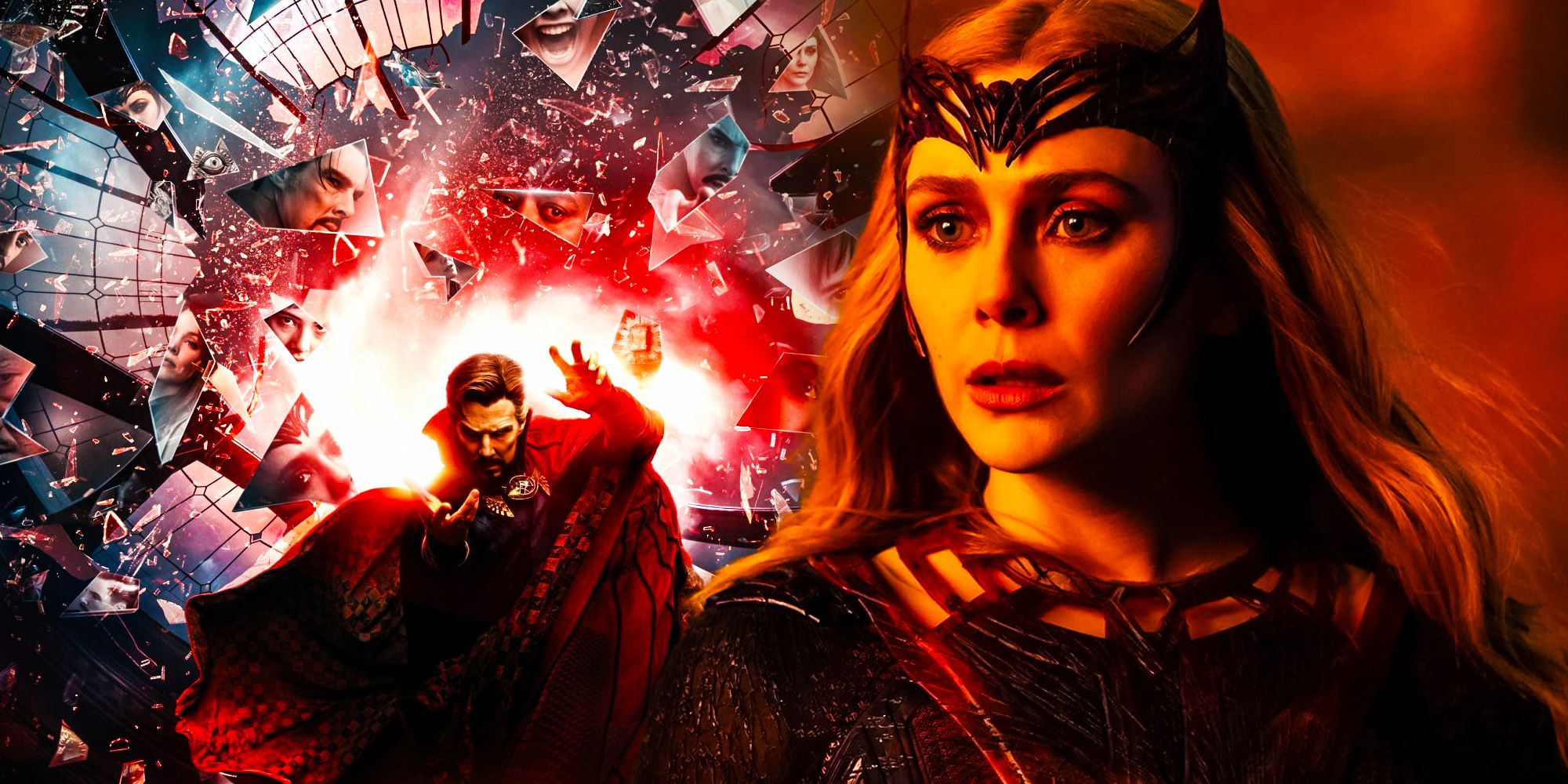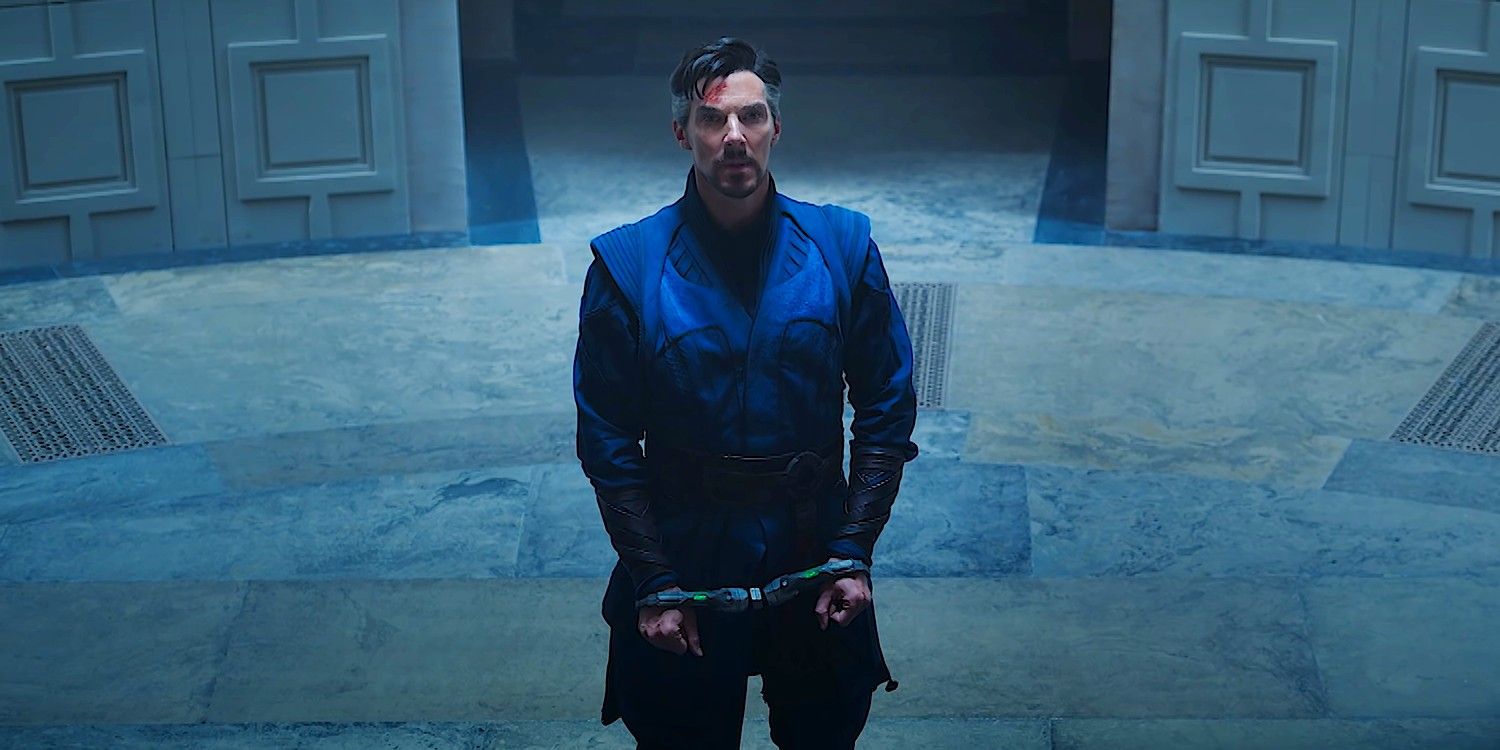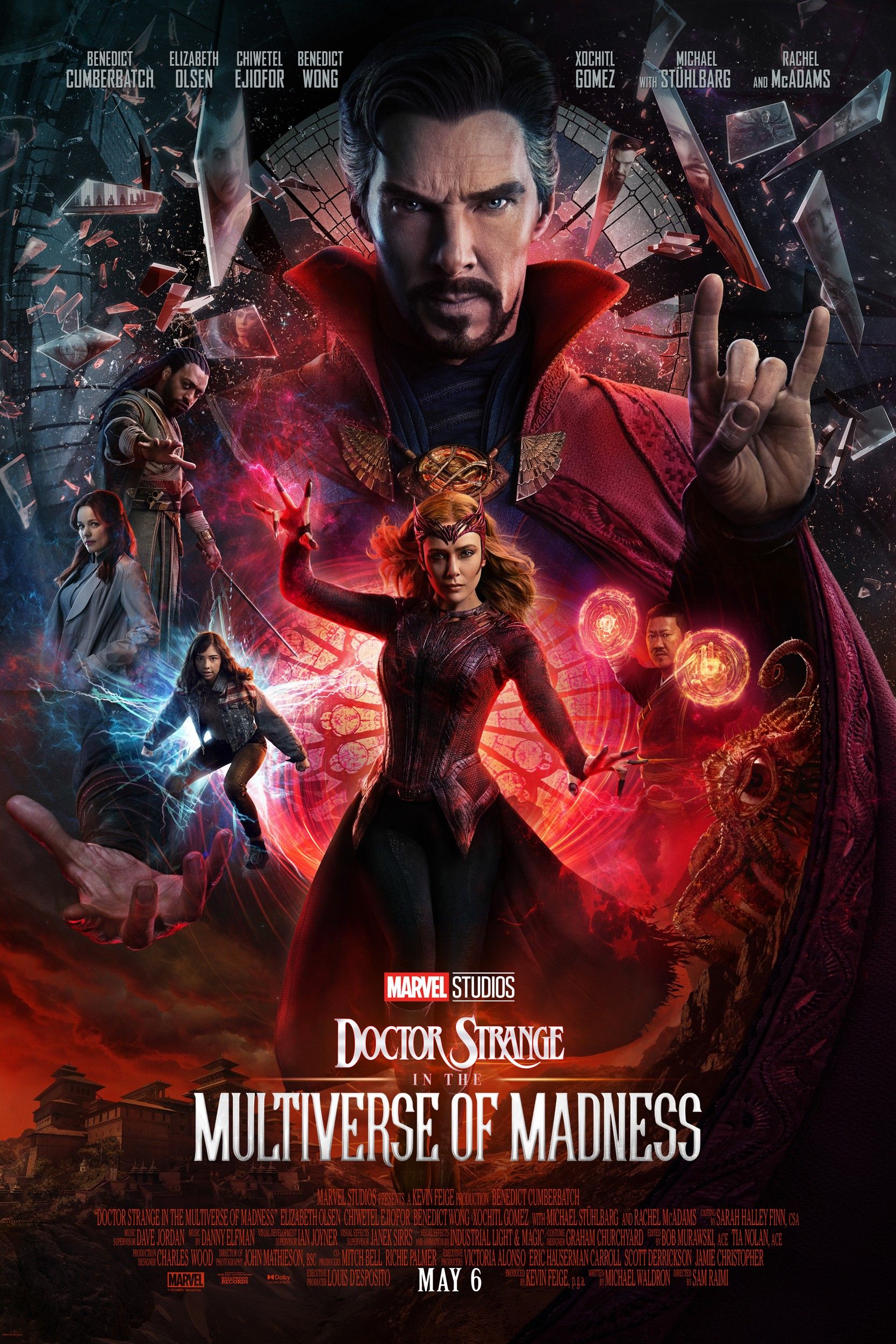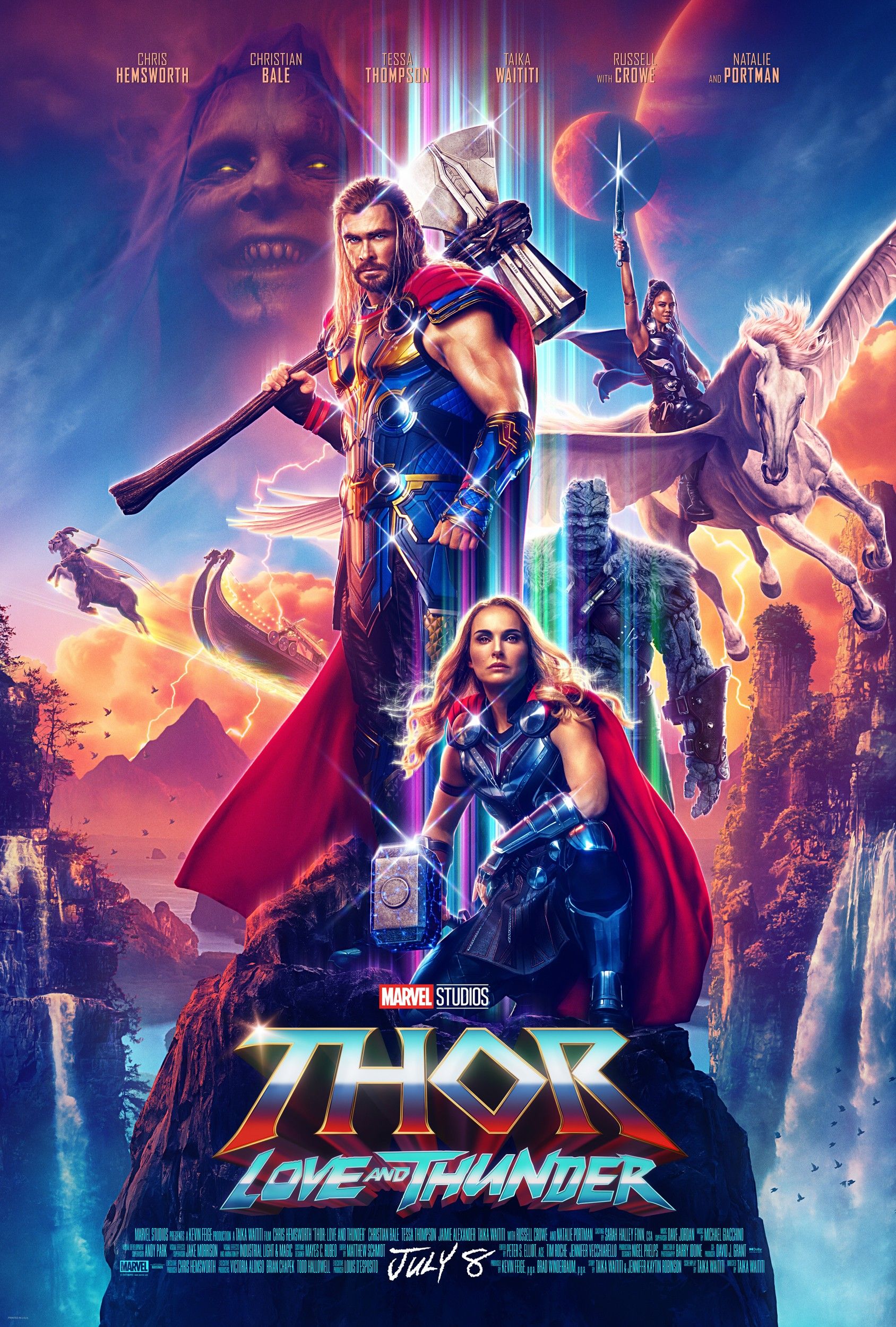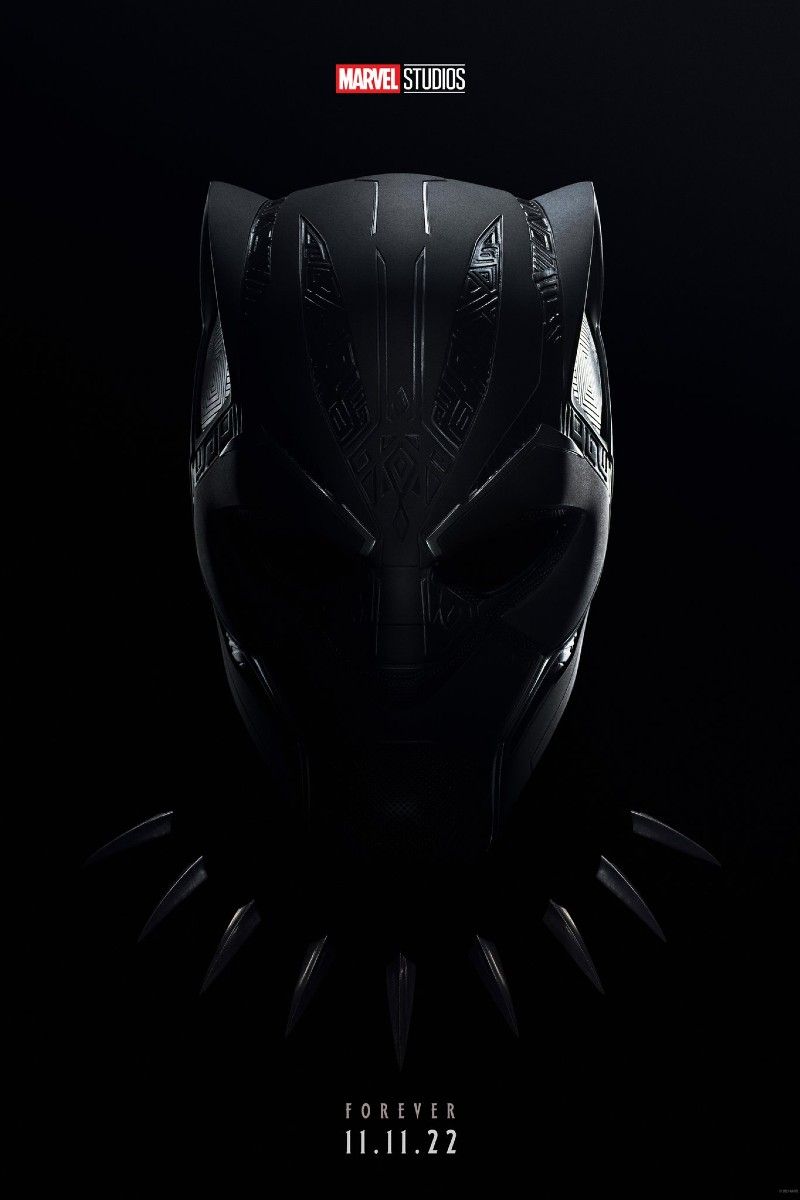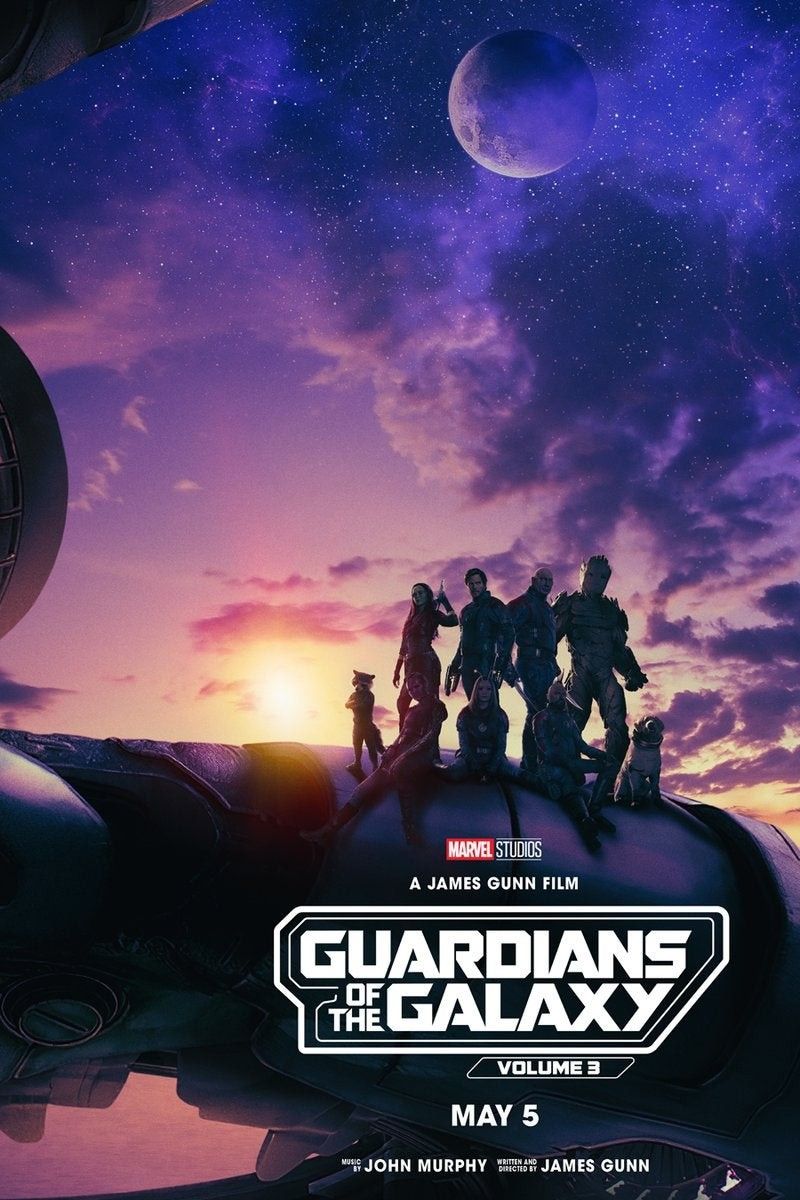Sam Raimi's Doctor Strange in the Multiverse of Madness is smashing through the glass ceiling of Marvel's potential with a large cast assembled, but the follow-up to 2016's Doctor Strange could do long-term damage to the vision of the MCU. The installment already confirmed the return of Patrick Stewart's Professor Charles Xavier with characters like Superior Iron Man rumored. Spider-Man: No Way Home set pandemic box office records, proving once again that massive casts can yield massive profits, but the MCU might find itself straining under the weight of its ambitions.
The possible issue here isn't the movie itself - which, in Raimi's hands and starring a post-What If? Strange and post-WandaVision Scarlet Witch, is likely to be a phenomenal success. The problem is where to go from here. The MCU's success has hinged squarely on the dopamine hit audiences experience when people see the names they recognize brought to life. Eventually, though, Marvel Studios will have to keep one-upping itself with casting decisions and returning/comic-sourced characters like Professor X. There will inevitably be a point at which no character will be significant enough and no actor famous enough to generate that excitement, and this might have the Marvel money machine reaching critical mass.
The other problem Marvel faces after Doctor Strange 2 is giving the characters too much narrative convenience. Thanks to Loki, What If?, and No Way Home, the multiverse is already here. That certainly won't be Strange's fault – if anything, he's trying to fix the mess that Sylvie created by killing the Kang variant and unleashing havoc within time itself. But multiverses are infinite by definition, which means that Marvel is going to have to find ways to increase the stakes of its stories without resorting to "not dead, really" screenwriting laziness.
So far, there haven't been many legitimate, game-changing character deaths outside of Iron Man, Black Widow, Gamora, and Loki. Even Thanos' Snap, which wiped out half of all sentient life in the universe, was undone by visiting previous IPs and stealing Infinity Stones from them. Doctor Strange simply walks a cast of previously deceased, beloved characters back through some portals, thrilling the audience in the process. However, that may well no longer happen if modern viewers get used to it. With Doctor Strange 2, the writers are giving all future Marvel properties an excuse to pull variants of characters from other universes and claim they never died.
The device of bringing characters back into the fold through Strange's trademark sparkly circle – also used in the union of three Peter Parkers – will get tired quickly. Marvel fans have been building expectations for 25 years around what's possible in the MCU, and they are only now seeing it. However, the cast sizes and character rosters may mean that the events get more and more outlandish and dramatic, yet no events stick, leading viewers to get invested in fewer and fewer of the hundreds of characters available. When Tony Stark first appeared at the end of The Incredible Hulk, audiences hadn't really seen much like it. 14 years later, new heroes may wind up becoming punchlines as soon as they appear.
With that said, Doctor Strange 2 will take the MCU to horror-hued places it has never been and bring franchise storytelling into a new era. What that era means for the MCU long-term may either make or break it. Infinity is complicated – but if any company has the resources to get there (and maybe beyond), it's Disney.

